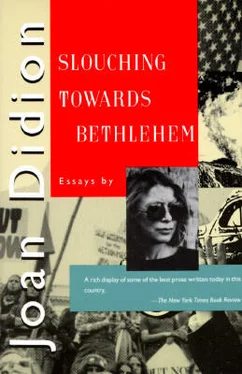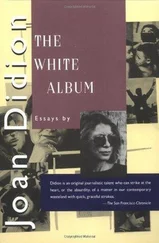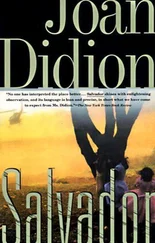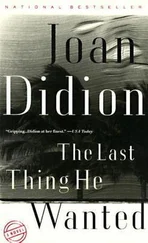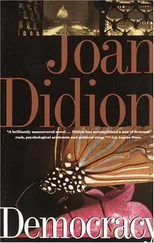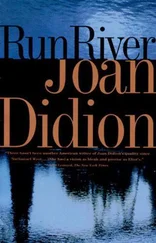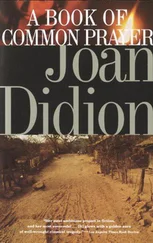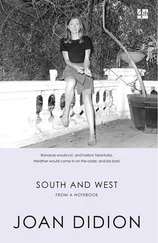What Newport turns out to be, then, is homiletic, a fantastically elaborate stage setting for an American morality play in which money and happiness are presented as antithetical. It is a curious theatrical for these particular men to have conceived, but then we all judge ourselves sometime; it is hard for me to believe that Cornelius Vanderbilt did not sense, at some point in time, in some dim billiard room of his unconscious, that when he built “The Breakers” he damned himself. The world must have seemed greener to all of them, out there when they were young and began laying the rails or digging for high-grade ore in the Comstock or daring to think that they might corner copper. More than anyone else in the society, these men had apparently dreamed the dream and made it work. And what they did then was to build a place which seems to illustrate, as in a child’s primer, that the production ethic led step by step to unhappiness, to restrictiveness, to entrapment in the mechanics of living. In that way the lesson of Bellevue Avenue is more seriously radical than the idea of Brook Farm. Who could fail to read the sermon in the stones of Newport? Who could think that the building of a railroad could guarantee salvation, when there on the lawns of the men who built the railroad nothing is left but the shadows of migrainous women, and the pony carts waiting for the long-dead children?
1967
it had rained in Los Angeles until the cliff was crumbling into the surf and I did not feel like getting dressed in the morning, so we decided to go to Mexico, to Guaymas, where it was hot. We did not go for marlin. We did not go to skin-dive. We went to get away from ourselves, and the way to do that is to drive, down through Nogales some day when the pretty green places pall and all that will move the imagination is some place difficult, some desert. The desert, any desert, is indeed the valley of the shadow of death; come back from the desert and you feel like Alcestis, reborn. After Nogales on Route 15 there is nothing but the Sonoran desert, nothing but mesquite and rattlesnakes and the Sierra Madre floating to the east, no trace of human endeavor but an occasional Pemex truck hurtling north and once in a while in the distance the dusty Pullman cars of the Ferrocarril del Pacifico. Magdalena is on Route 15, and then Hermosillo, where the American ore and cattle buyers gather in the bar at the Hotel San Alberto. There is an airport in Hermosillo, and Hermosillo is only eighty-five miles above Guaymas, but to fly is to miss the point. The point is to become disoriented, shriven, by the heat and the deceptive perspectives and the oppressive sense of carrion. The road shimmers. The eyes want to close.
And then, just past that moment when the desert has become the only reality, Route 15 hits the coast and there is Guaymas, a lunar thrust of volcanic hills and islands with the warm Gulf of California lapping idly all around, lapping even at the cactus, the water glassy as a mirage, the ships in the harbor whistling unsettlingly, moaning, ghost schooners, landlocked, lost. That is Guaymas. As far as the town goes, Graham Greene might have written it: a shadowy square with a filigree pergola for the Sunday band, a racket of birds, a cathedral in bad repair with a robin’s-egg-blue tile dome, a turkey buzzard on the cross. The wharves are piled with bales of Sonoran cotton and mounds of dark copper concentrates; out on the freighters with the Panamanian and Liberian flags the Greek and German boys stand in the hot twilight and stare sullenly at the grotesque and claustrophobic hills, at the still town, a curious Umbo at which to call.
Had we really been intent upon losing ourselves we might have stayed in town, at a hotel where faded and broken turquoise-blue shutters open onto the courtyard, where old men sit in the doorways and nothing moves, but instead we stayed outside town, at the Playa de Cortes, the big old hotel built by the Southern Pacific before the railways were nationalized. That place was a mirage, too, lovely and cool with thick whitewashed walls and dark shutters and bright tiles, tables made from ebony railroad ties, pale appliqued muslin curtains, shocks of corn wrapped around the heavy beams. Pepper trees grew around the swimming pool, and lemons and bananas in the courtyard. The food was unremarkable, but after dinner one could Ue in a hammock on the terrace and listen to the fountains and the sea. For a week we lay in hammocks and fished desultorily and went to bed early and got very brown and lazy. My husband caught eight sharks, and I read an oceanography textbook, and we did not talk much. At the end of the week we wanted to do something, but all there was to do was visit the tracking station for an old space program or go see John Wayne and Claudia Cardinale in Circus World, and we knew it was time to go home.
1965
there is something uneasy in the Los Angeles air this afternoon, some unnatural stillness, some tension. What it means is that tonight a Santa Ana will begin to blow, a hot wind from the northeast whining down through the Cajon and San Gorgonio Passes, blowing up sandstorms out along Route 66, drying the hills and the nerves to the flash point. For a few days now we will see smoke back in the canyons, and hear sirens in the night. I have neither heard nor read that a Santa Ana is due, but I know it, and almost everyone I have seen today knows it too. We know it because we feel it. The baby frets. The maid sulks. I rekindle a waning argument with the telephone company, then cut my losses and lie down, given over to whatever it is in the air. To live with the Santa Ana is to accept, consciously or unconsciously, a deeply mechanistic view of human behavior.
I recall being told, when I first moved to Los Angeles and was living on an isolated beach, that the Indians would throw themselves into the sea when the bad wind blew. I could see why. The Pacific turned ominously glossy during a Santa Ana period, and one woke in the night troubled not only by the peacocks screaming in the olive trees but by the eerie absence of surf. The heat was surreal. The sky had a yellow cast, the kind of light sometimes called “earthquake weather.” My only neighbor would not come out of her house for days, and there were no lights at night, and her husband roamed the place with a machete. One day he would tell me that he had heard a trespasser, the next a rattlesnake.
“On nights like that,” Raymond Chandler once wrote about the Santa Ana, “every booze party ends in a fight. Meek little wives feel the edge of the carving knife and study their husbands’ necks. Anything can happen.” That was the kind of wind it was. I did not know then that there was any basis for the effect it had on all of us, but it turns out to be another of those cases in which science bears out folk wisdom. The Santa Ana, which is named for one of the canyons it rushes through, is a foehn wind, like the foehn of Austria and Switzerland and the hamsin of Israel. There are a number of persistent malevolent winds, perhaps the best known of which are the mistral of France and the Mediterranean sirocco, but foehn wind has distinct characteristics: it occurs on the leeward slope of a mountain range and, although the air begins as a cold mass, it is warmed as it comes down the mountain and appears finally as a hot dry wind. Whenever and wherever a foehn blows, doctors hear about headaches and nausea and allergies, about “nervousness,” about “depression.” In Los Angeles some teachers do not attempt to conduct formal classes during a Santa Ana, because the children become unmanageable. In Switzerland the suicide rate goes up during the foehn, and in the courts of some Swiss cantons the wind is considered a mitigating circumstance for crime. Surgeons are said to watch the wind, because blood does not clot normally during a foehn. A few years ago an Israeli physicist discovered that not only during such winds, but for the ten or twelve hours which precede them, the air carries an unusually high ratio of positive to negative ions. No one seems to know exactly why that should be; some talk about friction and others suggest solar disturbances. In any case the positive ions are there, and what an excess of positive ions does, in the simplest terms, is make people unhappy. One cannot get much more mechanistic than that.
Читать дальше
